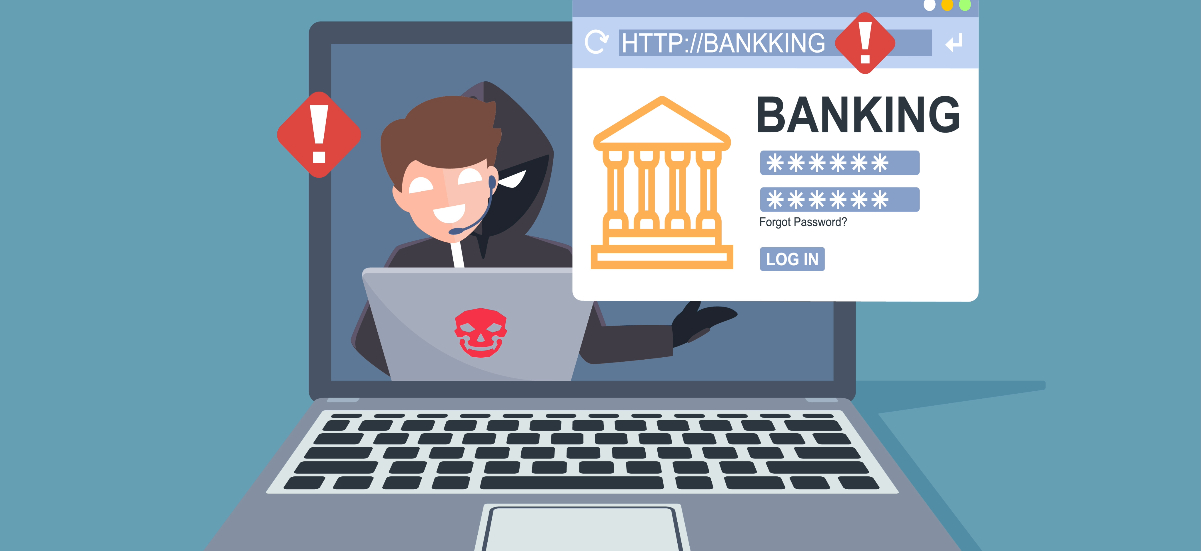How to Defend Against First-Party Fraud

The increase of first-party fraud is staggering. Find out how to defend against it now.”
Is it possible for a fraudster to also be the victim? The short answer is yes. First-party fraud is creating waves in today's online industries as it becomes easier and easier to take advantage of financial institutions and businesses prioritizing customer service.
Any company with an online presence is the perfect victim for first-party fraudsters to begin funneling money out of. A recent study found that 62% of breaches were labeled as first-party fraud, meaning an individual misrepresents their identity, financial situation, or intention to repay a financial institution. Tac on the fact that 70% of financial institutions lost more than $500,000 to fraud in 2022, and 91% reported a year-over-year rise in fraud, and you can see how this threatens all businesses.
But despite these staggering statistics, organizations can learn the signs of first-party fraud and begin implementing new technology and strategies to defend against this growing threat.
What is first-party fraud?
First-party fraud is a unique form of deception where an individual, typically an account holder or customer, engages in fraudulent activities using their own personal information, accounts, or resources.
A prime example is when a customer purchases an item using a credit card and later claims to their credit card company that the payment was fraudulent in an attempt to get back the funds.
Unfortunately, unlike traditional forms of fraud, where the perpetrator impersonates someone else or uses stolen information, proving the fraudster's guilt can be challenging as they are often the supposed victim. This makes it exceptionally difficult to detect and prevent, as the individuals involved may not raise the usual red flags associated with identity theft or external fraud.
Examples of First Party-Fraud Schemes
First-party fraud takes many forms, but no matter how it occurs, it always traces back to the financial institutions, credit companies, and retailers being used as the primary method for acquiring money. Below are some common schemes businesses need to be aware of:
- Loan Fraud: In this scenario, individuals apply for loans, credit cards, or lines of credit with no intention of repayment. They may default on payments or vanish after receiving the funds, leaving creditors with substantial losses.
- Insurance Fraud: First-party fraud can also take the form of insurance fraud, where policyholders submit false claims, exaggerate losses, or stage accidents to collect illegitimate insurance payouts.
- Credit Card Fraud: Individuals may use their credit cards for unauthorized purchases and then dispute the charges, claiming they did not make those transactions.
- Check Fraud: Account holders can engage in check fraud by writing checks with insufficient funds or using closed accounts, leading to losses for the payees.
- Mortgage Fraud: Homeowners may commit mortgage fraud by providing false information on their mortgage applications, such as inflating income or hiding existing debts.
- Account Takeover: In this case, individuals take control of their accounts but engage in fraudulent activities, such as transferring funds to fake accounts or making unauthorized withdrawals.
Guarding Against First-Party Fraud
Preventing first-party fraud requires a multi-faceted approach that combines advanced technology, vigilant monitoring, and robust policies. Here are some strategies to help guard against this deceptive form of fraud:
- Advanced Analytics and Machine Learning: Implement fraud detection systems powered by advanced analytics and machine learning algorithms. These systems can analyze account behavior and transactions to identify unusual patterns indicative of fraud.
- Continuous Monitoring: Regularly monitor account activity for signs of suspicious behavior, even from trusted customers. This includes scrutinizing transaction histories, credit reports, and account statements.
- Identity Verification: Strengthen identity verification processes during onboarding and account access. Use multi-factor authentication, biometrics, and identity verification tools to ensure the person accessing the account is the legitimate account holder.
- Customer Education: Educate customers about the risks of first-party fraud and encourage them to protect their account information. Provide tips on recognizing and reporting suspicious activity.
- Data Sharing: Collaborate with other financial institutions and organizations to share data and information about known fraudsters, enabling quicker detection and prevention.
- Fraud Alerts: Implement real-time fraud alerts that notify customers and financial institutions of suspicious activities, allowing for immediate action.
Use Alternative Credit Data
Building a profile around customers will help businesses feel confident they know who they are dealing with. However, acquiring the data to understand the customer can be challenging. MicroBilt offers a suite of products to confirm that you are doing business with ethical individuals.
With the verification systems available from MicroBilt, scammers have met their match. Check out the tools and solutions to help you stay above the fray so all your loan decisions are made with both eyes open.
